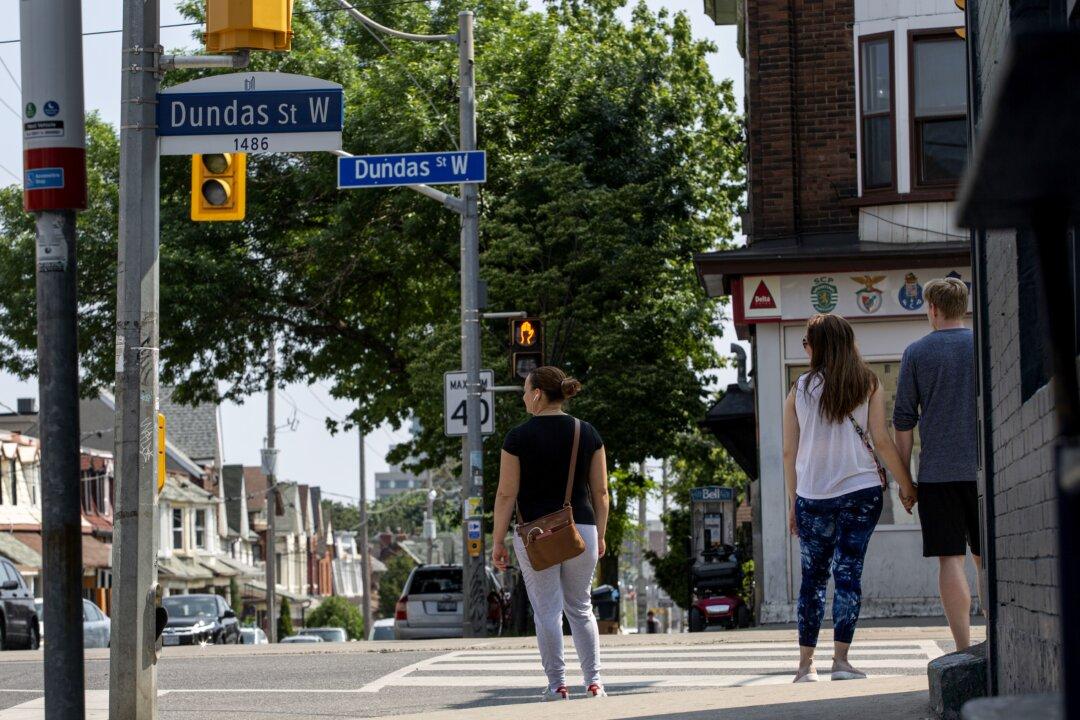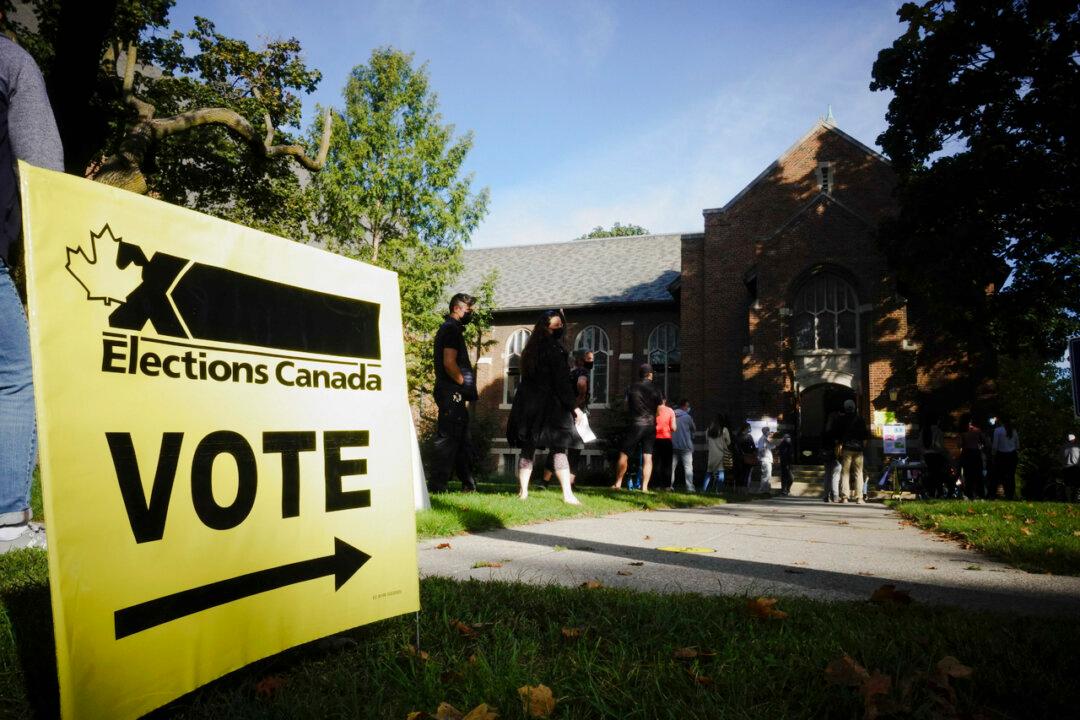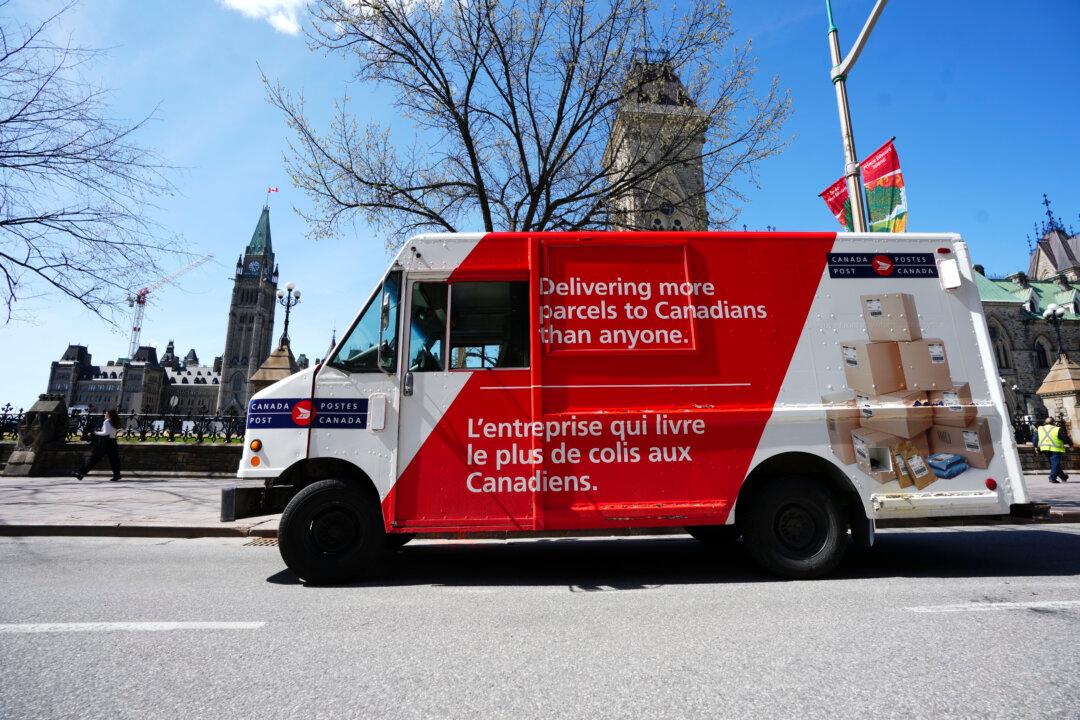Commentary
Toronto’s political left fought tooth and nail to change the name of Dundas Street and eradicate the legacy of the individual that the name honoured, Henry Dundas, 1st Viscount Melville. This controversial battle has ended in partial defeat and a state of total confusion.





